Transport
The history of industrial locomotives is often complex and fascinating. Perhaps only a few have such a long and complicated career as the BILBAO one. It was built in 1878 by the British firm Sharp Stewart for the Triano railway, which linked the town of Ortuella with the Nervión estuary, transporting part of the important iron mining production of the northwest of the province of Vizcaya.
First used as a line locomotive and, later, in manoeuvring services, it was acquired by Renfe in 1941. Ten years later, the Spanish railway company sold it to Fábrica de Mieres, where it had previously been rented. Its new owner initially assigned it the number 17, although it kept its original name.
It was mainly used to tow the coal trains from the Barredo loading dock to the company's iron and steel plant and, later, to the new coal washing plant at El Batán. This task made it a day-to-day figure in the streets of Mieres, since most of its route ran through the town centre.
In 1961 it underwent a major refurbishment that gave it its current appearance, and at the same time it was given its new number, 304. The original water tank, located above the boiler and known as the "albarda", was replaced by more conventional lateral tanks. Other interesting details are the front balconies that guaranteed the safety of the workers during manoeuvres and the presence of an odd central block for metre gauge wagons. In addition to the broad gauge wagons, it also regularly towed vehicles belonging to the Basque Asturian Railway.
In 1967, it was transferred to HUNOSA and by then it was already the oldest engine in the mining company's fleet. After being withdrawn from service in the early 1970s, it remained at the El Batán facilities until it was transferred to the Asturias Railway Museum.
It is currently the oldest locomotive kept by the institution and one of the most representative of Asturias' broad gauge mining railways.
PHOTO GALLERY

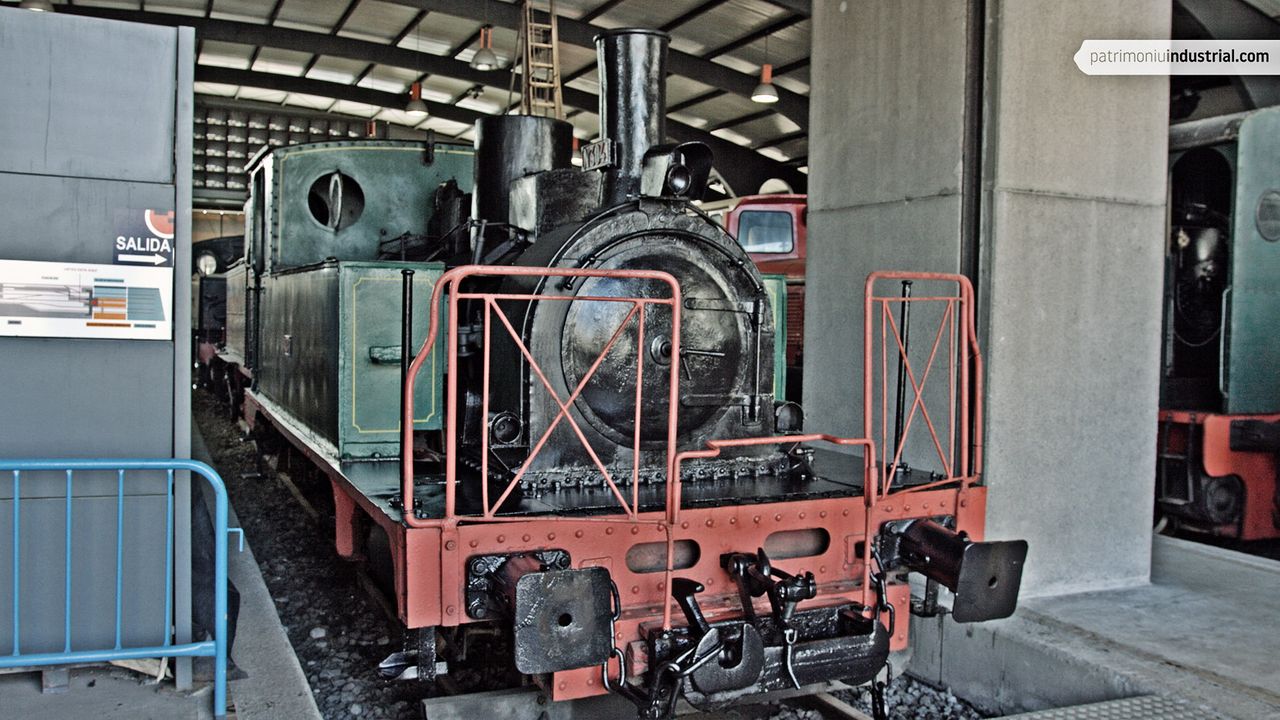
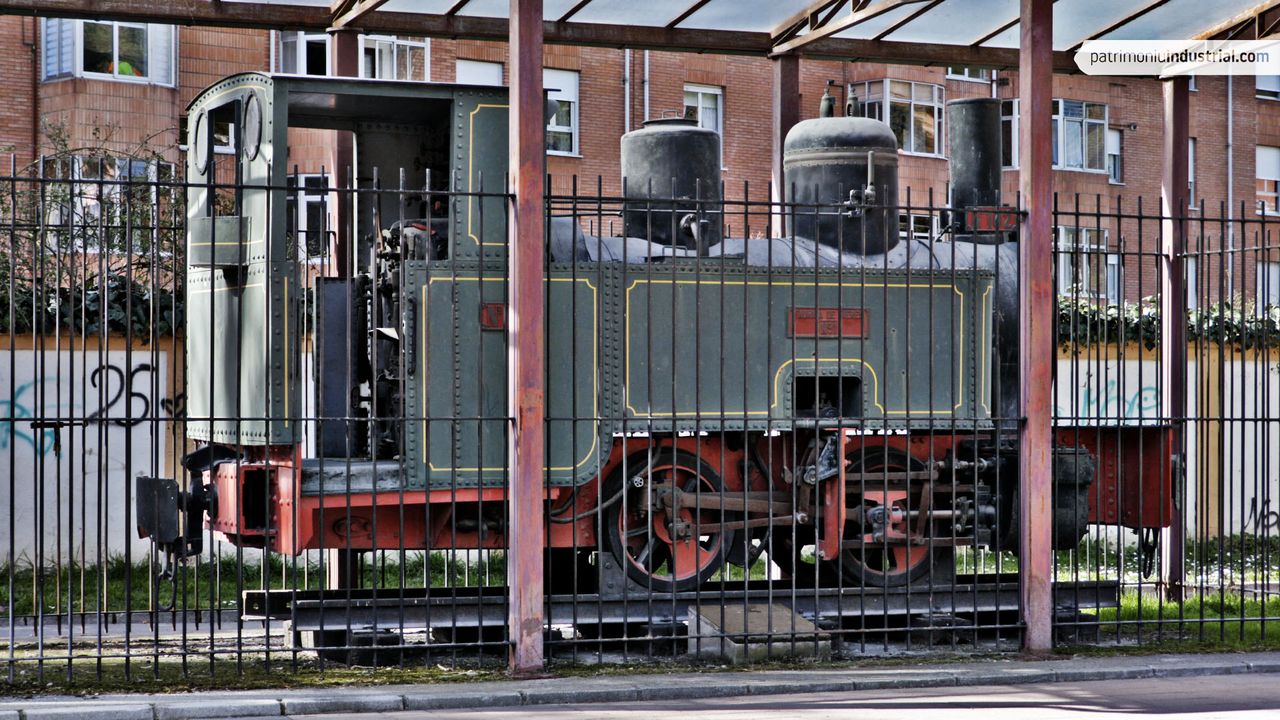
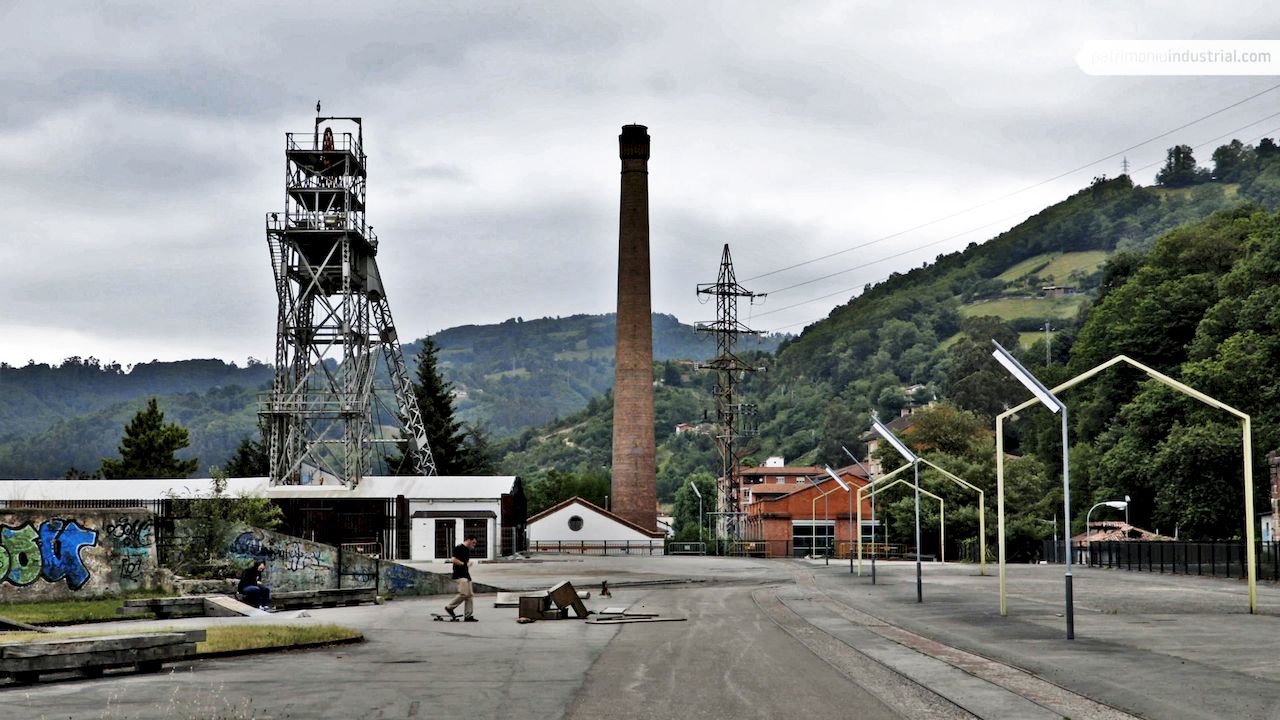
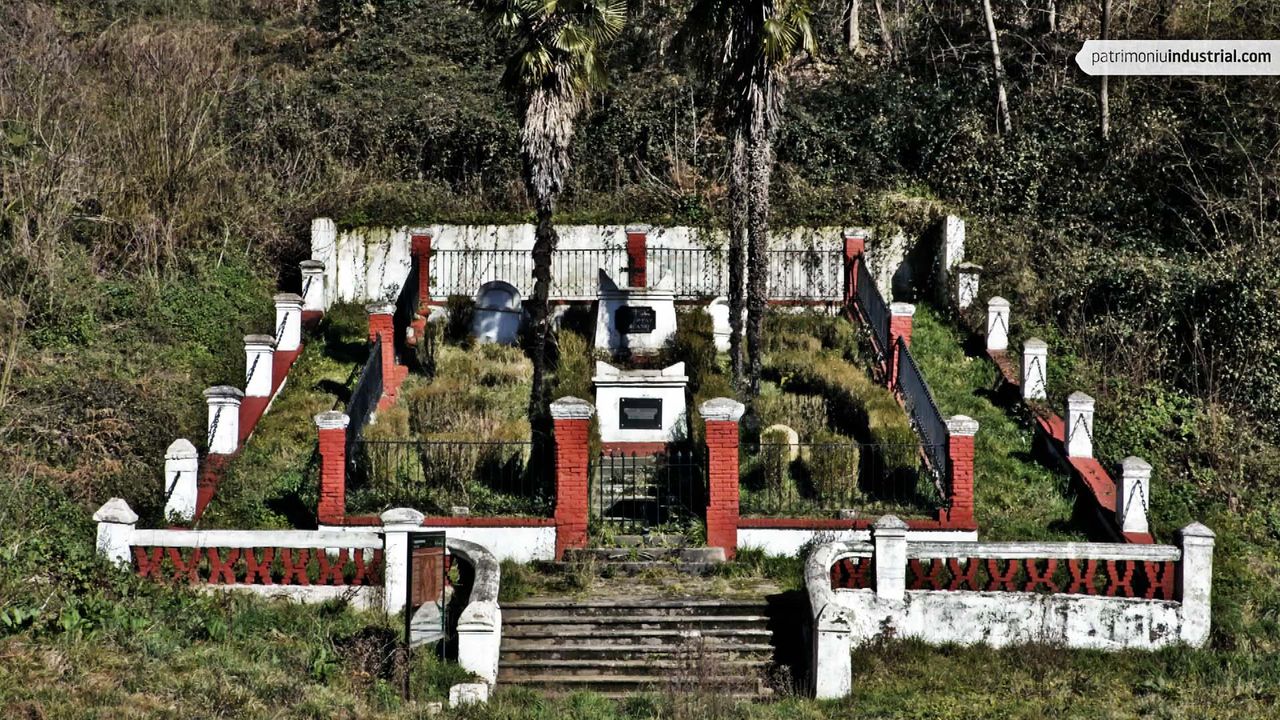

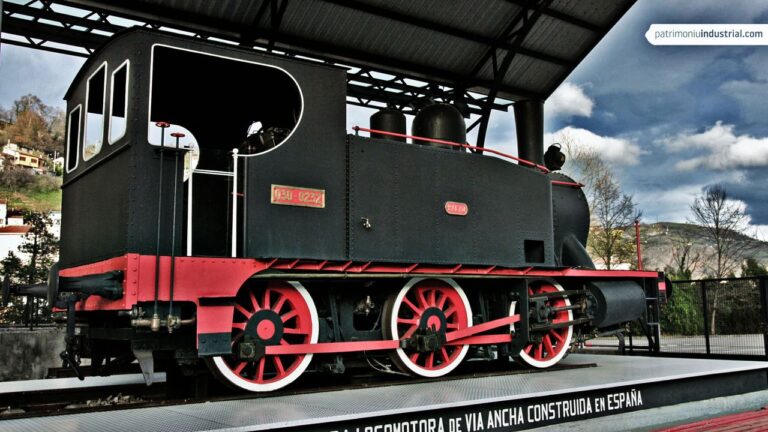

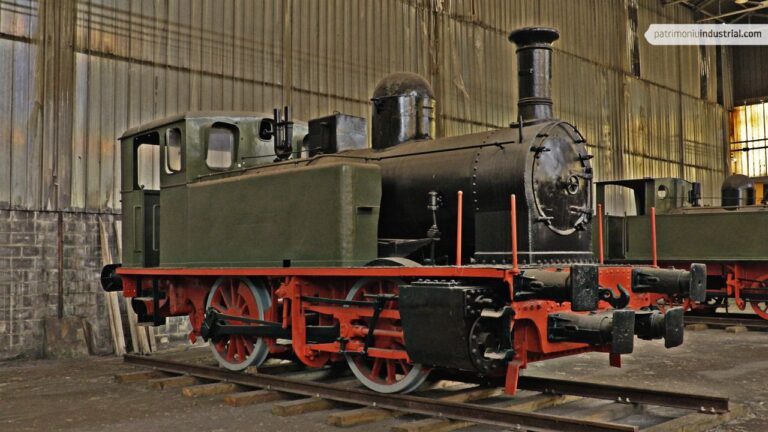

Recent Comments